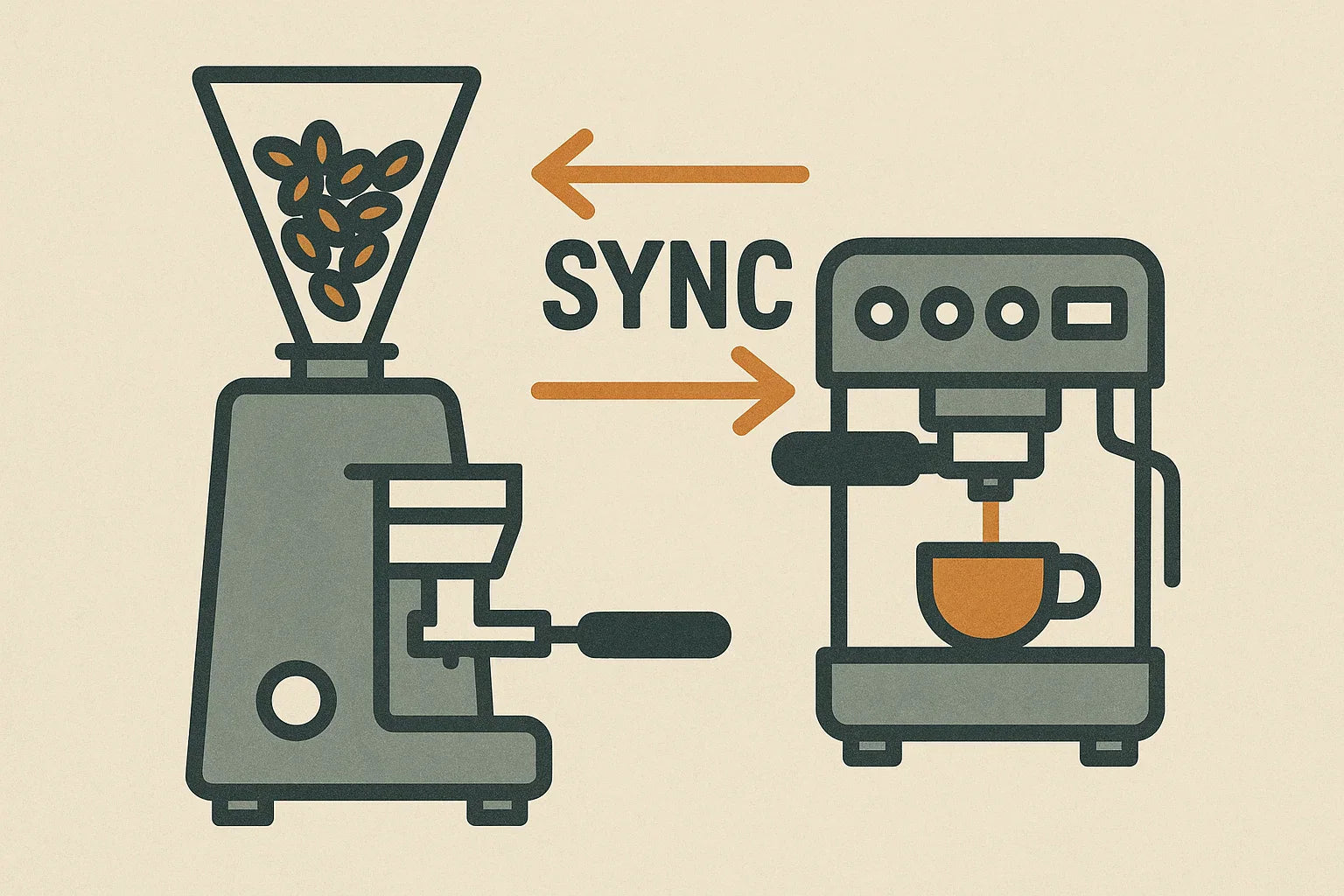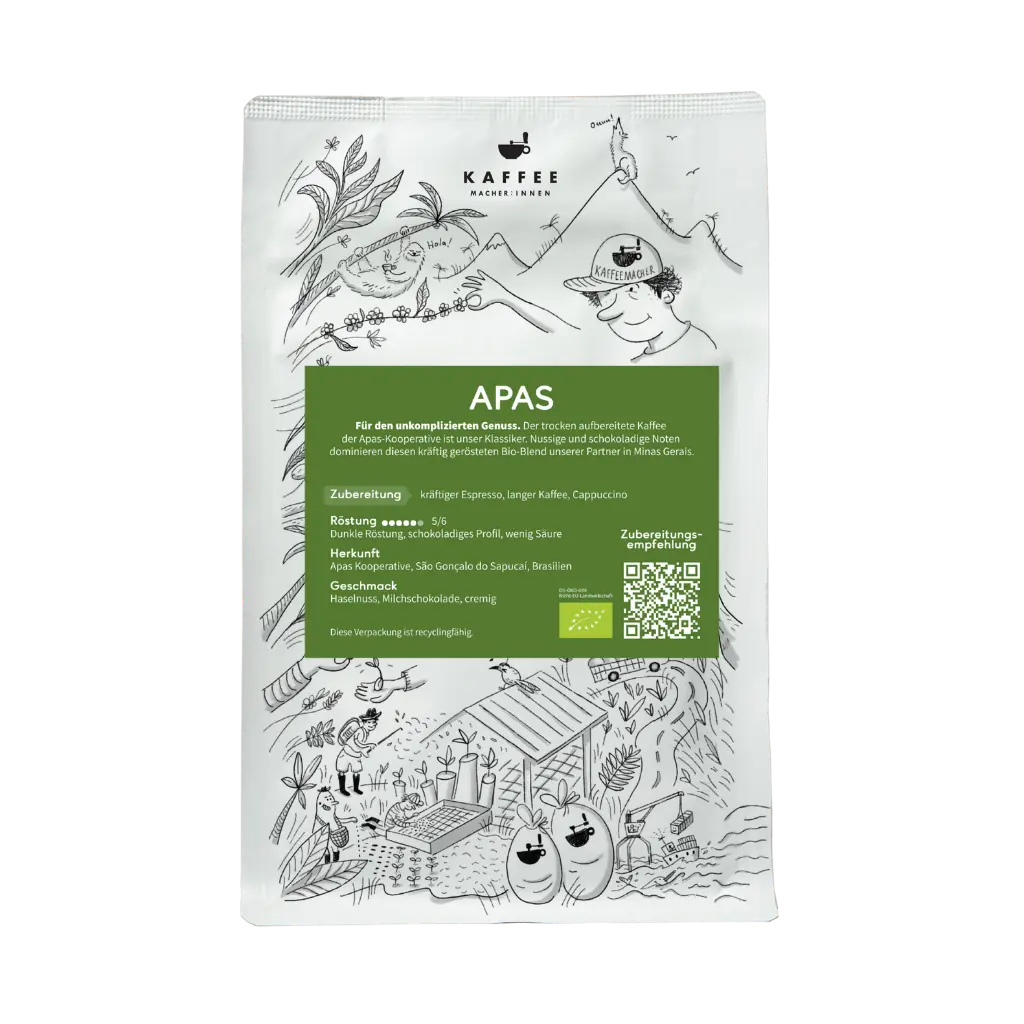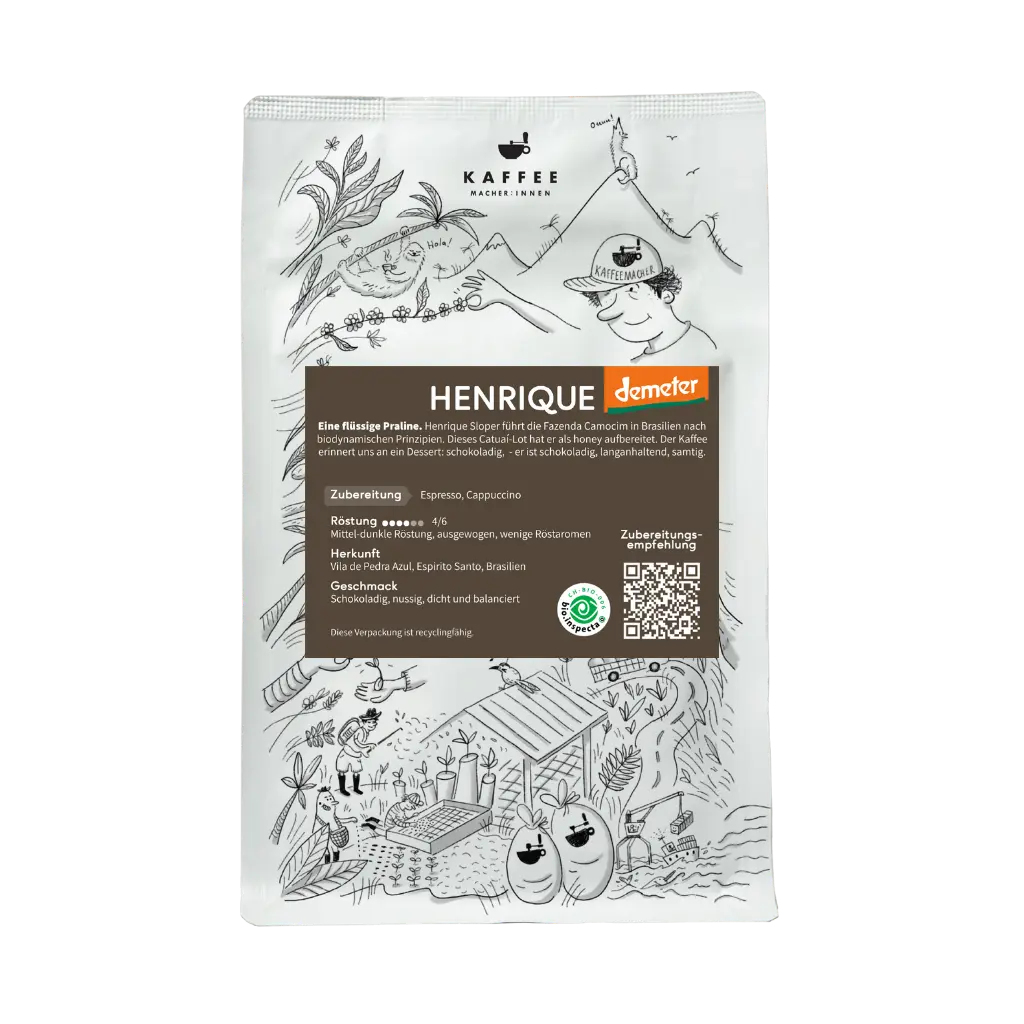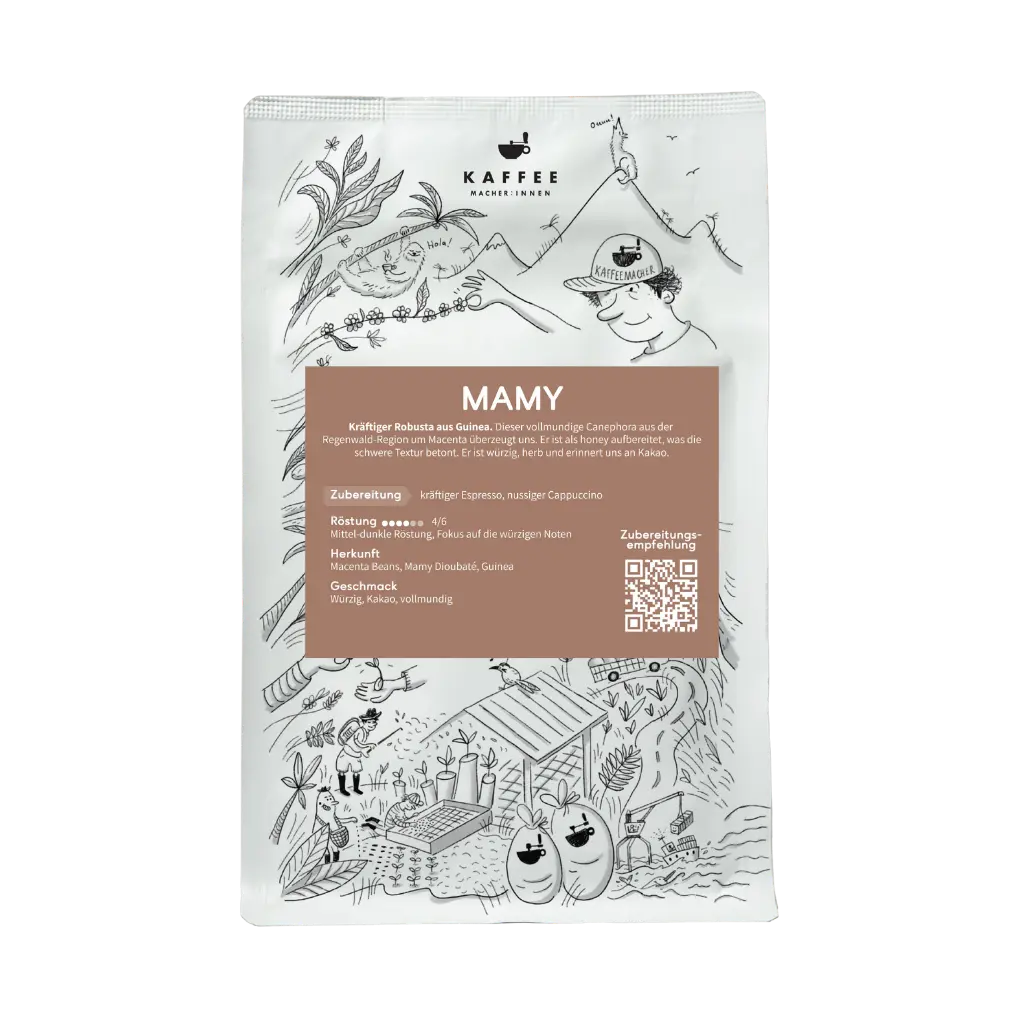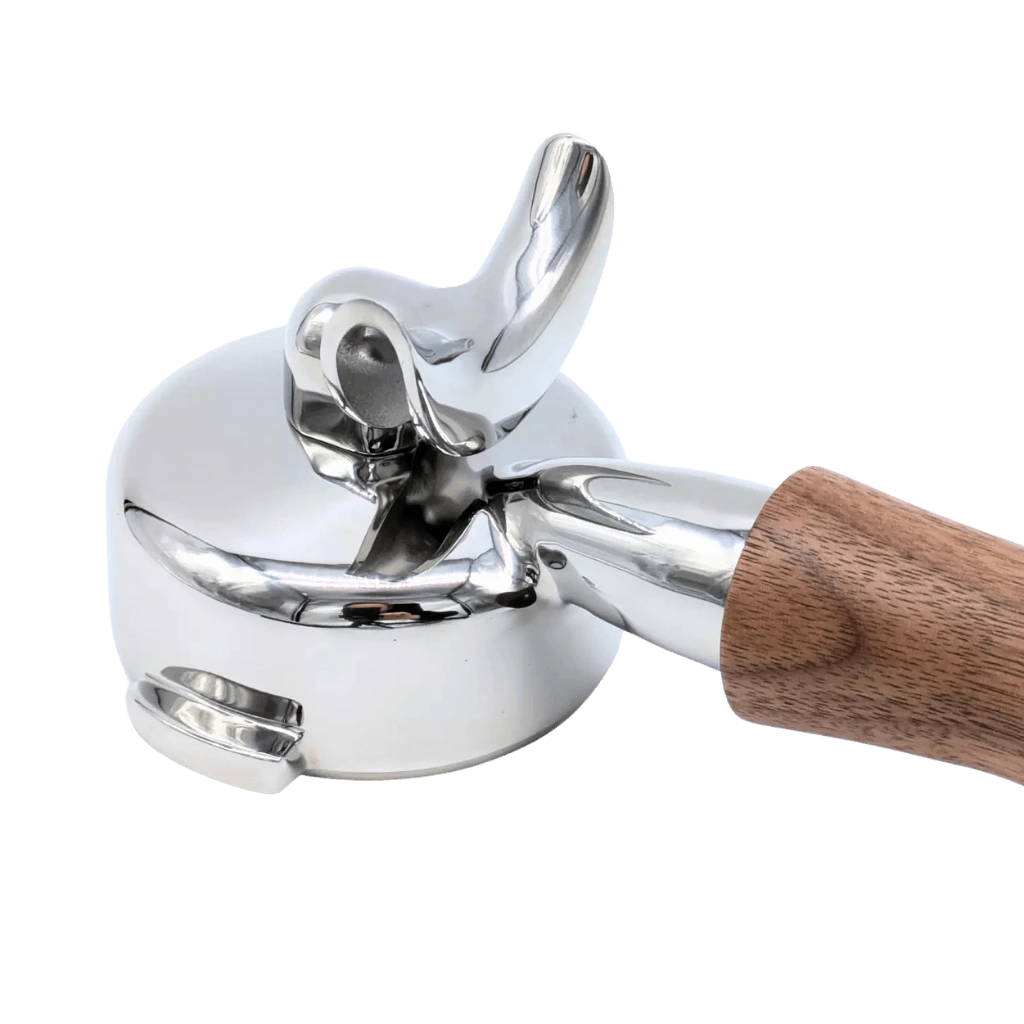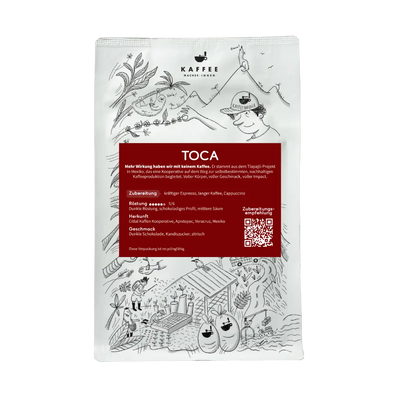Coffee is a fascinating drink with a rich history and diverse variations. Here is some important information about coffee, from its definition to preparation and health considerations.
What is coffee?
Coffee has different meanings. It is both a luxury food and the name of a genus of plants with over 120 species. In cultivation, coffee is a fruit that is dried as seeds. For roasters, green green coffee is the raw material that develops its aroma during the roasting process. For people, coffee can be a meeting, a ritual, an experience or even an addiction.
Where does coffee come from and how was it discovered?
Coffee comes from the sub-Saharan region, which today includes Ethiopia and South Sudan. It originally grew in forests and was later cultivated intensively. The exact discovery story of coffee remains shrouded in myth, but it is known that it was discovered in this region.
Spread of the coffee plant
Coffee is grown in more than 60 countries in the so-called coffee belt around the equator. The largest producing countries are Brazil, Vietnam, Colombia, Indonesia and Ethiopia. Coffee cultivation is highly dependent on climatic conditions, and climate change is increasingly affecting the growing areas.
Difference between Arabica and Robusta
Arabica and Robusta are the most well-known types of coffee. Arabica grows in cooler climates and develops brighter and more floral aromas, while Robusta is more resistant to disease, contains twice as much caffeine and has a different flavor note.
Cultivation and processing
Coffee is cultivated in different cultivation systems, either without shade, in partial shade or in the shade of trees. Harvesting can be mechanized or manual, depending on the growing conditions and method of cultivation. The coffee cherries must be processed quickly after harvesting, either through dry processing or depulping.
Coffee, climate change and sustainability
Climate change has a significant impact on coffee cultivation as climatic conditions change. Producers face the challenge of dealing with these changes and finding sustainable farming methods. The taste of coffee will also change as new fermentation techniques and other types of coffee are used.
Is coffee healthy?
The health effects of coffee are controversial. Moderate coffee consumption has been linked to some health benefits, such as protection against certain diseases such as Parkinson's disease, liver disease and type 2 diabetes. Coffee also contains antioxidants and can improve cognitive function and mood. However, excessive coffee consumption can lead to sleep disorders, increased blood pressure and stomach problems. Every person reacts differently to coffee, so it is important to observe your own body and its reactions.
The preparation of coffee
There are various ways to make coffee including using coffee makers, espresso machines, French press, pour-over method and much more. Each method has its own advantages and allows for different flavor profiles to be created. The choice of beans, the grinding level setting and the correct water temperature are also important factors for successful preparation.
Coffee variations
Coffee can be enjoyed in many different ways. There are various coffee drinks such as espresso, cappuccino, latte macchiato, Americano, flat white and many more. Each variation has its own combination of espresso, milk and foam and offers a unique taste experience.
Conclusion
Coffee is a fascinating drink with a rich history and diversity. From discovery to preparation, there are many interesting aspects to discover. Enjoy coffee in moderation and find out which preparation method and type of coffee best suits your taste. Feel free to try different coffee variations and enjoy the wonderful world of coffee.
You can find further background information on the topic of coffee in Philipp's detailed blog post on our Swiss website.
